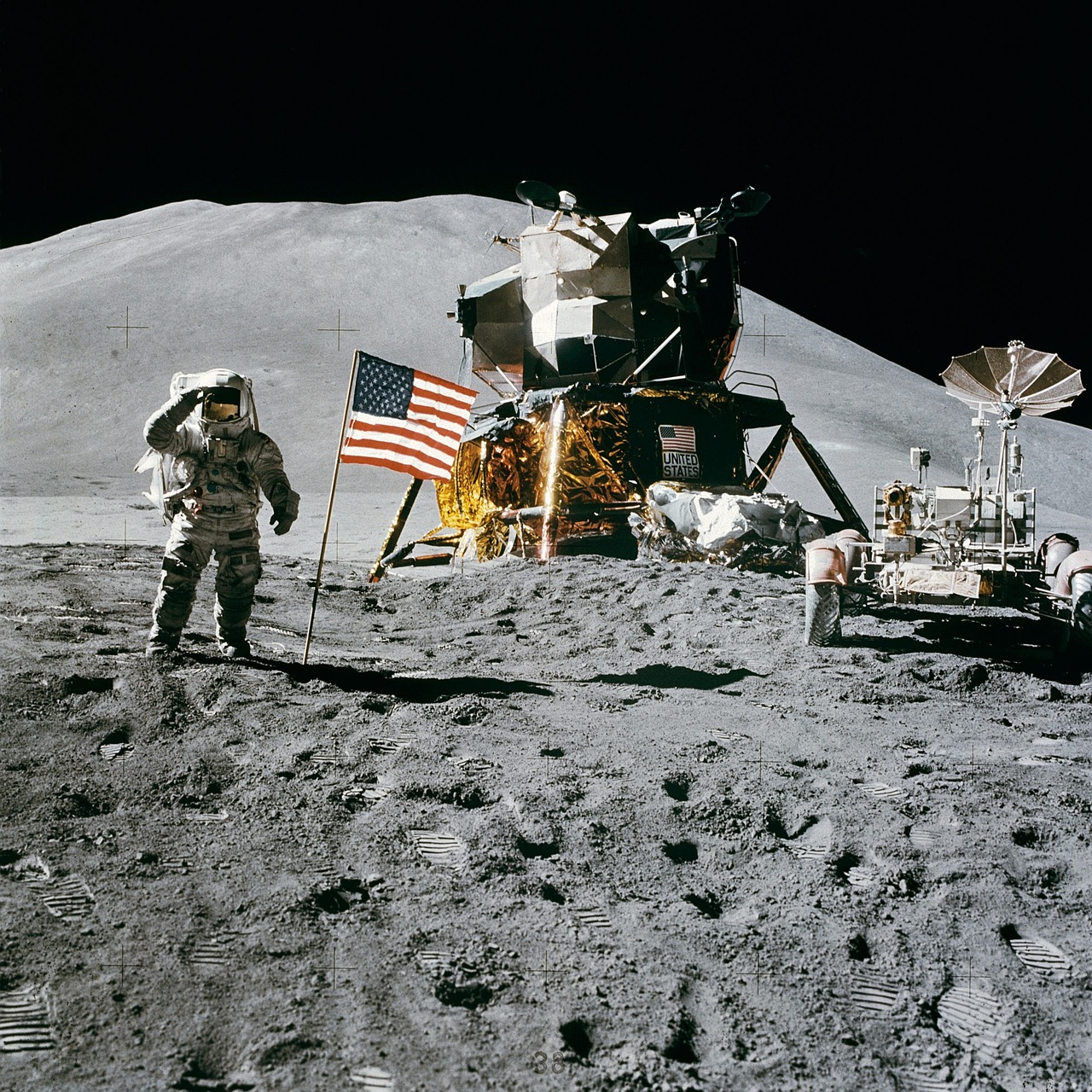Groundbreaking advances in magnetic memory technology have emerged as scientists have pioneered a novel method utilizing lasers to magnetize previously non-magnetic materials. Significantly, researchers have achieved room temperature magnetization of such materials, unlocking a quantum phenomenon that holds promise for revolutionizing computing speed.
Traditionally, the ability to store and transmit information through magnetic fields was confined to extremely low temperatures. However, this recent achievement opens avenues for developing "switchable" magnetic fields that could transform data storage and transmission capabilities.
Lead author of the study, Alexander Balatsky, a professor of physics at the Nordic Institute for Theoretical Physics (NORDITA), emphasized the potential impact, stating, "Ultra-fast magnetic switches could revolutionize information transfer and data storage, leading to significantly faster and more energy-efficient computers."
Harnessing the principles of quantum mechanics for computing has long been a pursuit of scientists, particularly in the realm of quantum computing. Yet, quantum states are notoriously fragile, susceptible to disruption from various sources such as thermal vibrations and atomic fluctuations. Previously, achieving quantum behavior necessitated near absolute zero temperatures, posing significant operational challenges.
In 2017, Balatsky and his team proposed a theoretical framework for inducing a quantum state termed "dynamic multiferroicity." This approach involved triggering magnetism in non-magnetic materials through electrical polarization. In their recent breakthrough, published in the journal Nature, the researchers demonstrated this theory using titanium atoms embedded in strontium titanate, an oxide derived from titanium and strontium.
The experimental setup involved irradiating the material with infrared laser pulses at a wavelength of 1,300 nanometers, delivered in femtosecond bursts. Through precise manipulation, the pulses induced circular motion in the atoms, resulting in a switchable magnetic field. Remarkably, these magnetic fields could be toggled on and off akin to a refrigerator magnet, with their existence tied to the stirring of atoms by the laser pulses.
This achievement paves the way for ultrafast magnetic switches operable at room temperature, leveraging lasers to control material vibrations. Such a system holds promise for smaller, faster transistors and computing systems that no longer rely on subzero temperatures for operation.
While this breakthrough represents a significant leap, it's worth noting that it's not the sole instance of light being employed to harness magnetism for computing advancements. Another recent study showcased the manipulation of solid material magnetism using the magnetic component of light, hinting at the potential for ultrafast magnetic computing memory components in the future.










